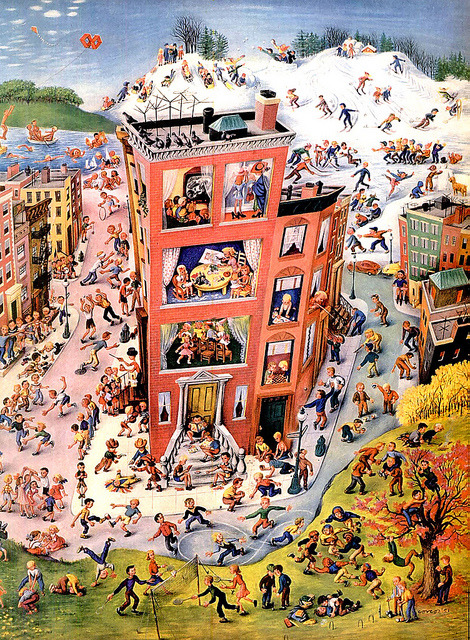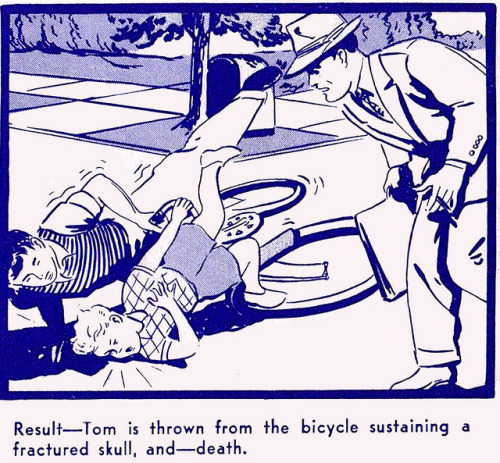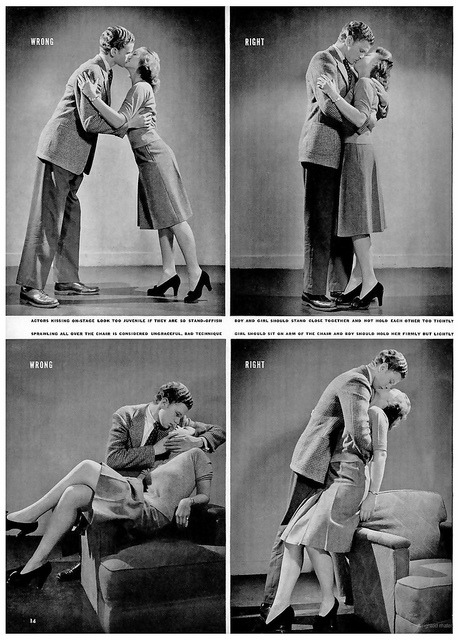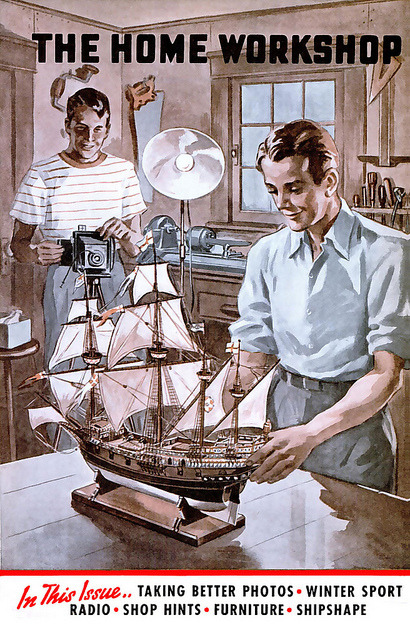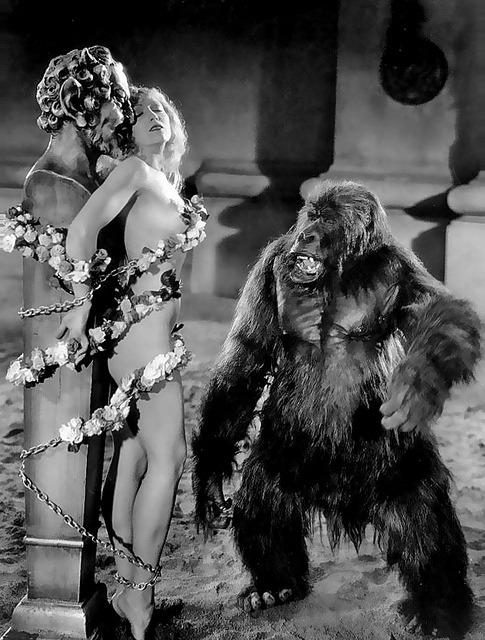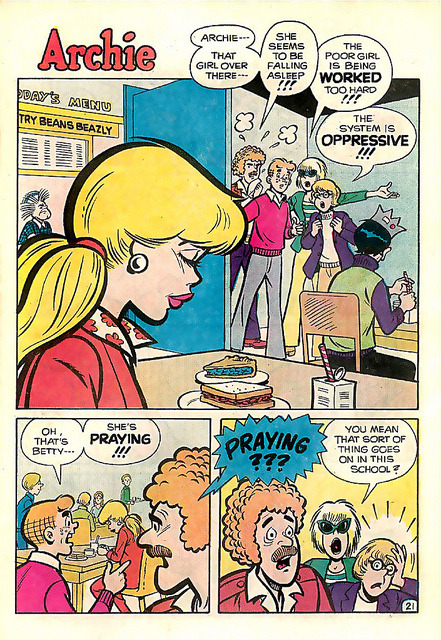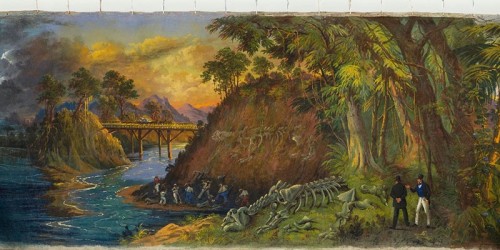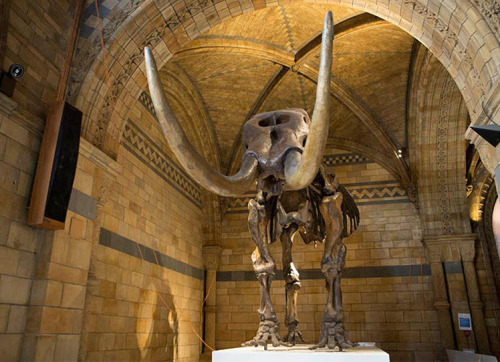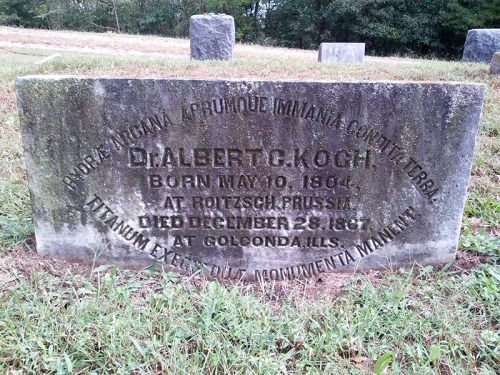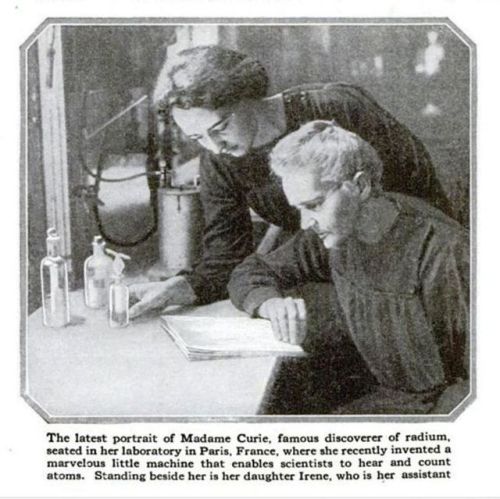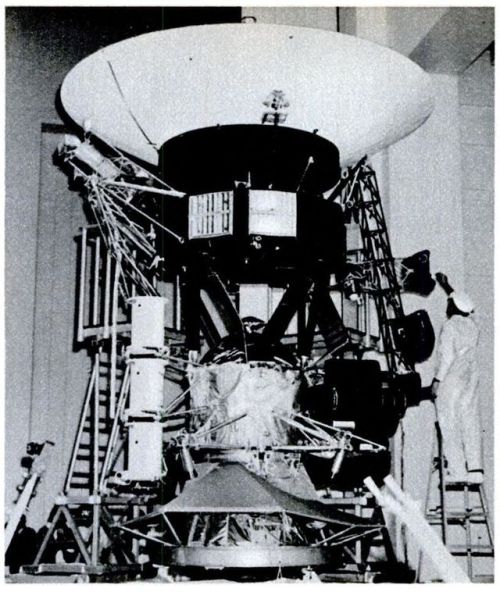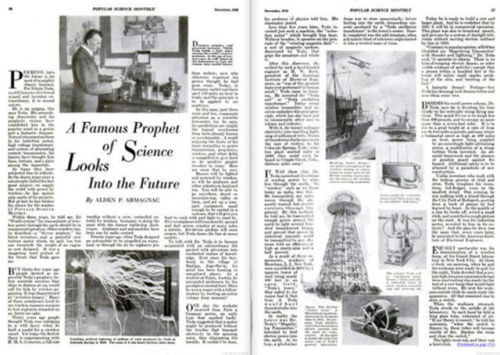#popular science

When spending time outdoors around a campfire, have you perhaps noticed one strange thing – why is it

Kinetic energy recovery system, or KERS, is a widely known engineering concept, which is capable of recovering a
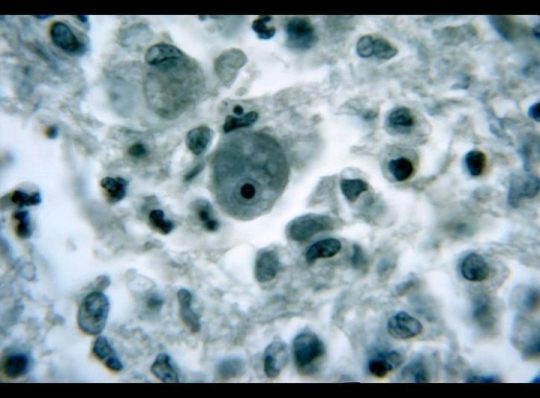
This post is not for the faint-hearted. However, parasites are a real thing, and it is helpful to

Nuts and bolts are those very basic components that are used in probably every single field of engineering.

Putting a giant propeller on a bike – you have probably thought of this idea at some point,
Albert C. Koch – Scientist of the Daay
Albert C. Koch, a German/American naturalist, showman, and entrepreneur, was born May 10, 1804, near Leipzig, Germany.
read more…
Post link

I really enjoy these sorts of popular science books, particularly ones about math or statistics. I’m not a big math person but I am a social science person who has an appreciation of statistics, especially where the fields overlap

Actress Raquel Torres and her invention, a lip-shaped wooden stamp made for easy application of lip rouge, featured in the “New Ideas and Inventions” section of Popular Science magazine, April 1930.
‘First - lettuce, radishes, carrots, tomatoes, cucumbers. Then - sweet potatoes, rice, wheat. Later - soybeans and peanuts. A vegan diet, more or less. Insects, guinea pigs, other small animals would only add to their already enormous workload. Backup - four to six months of shelf-stable, prepackaged foods.’
Prof. Goddard’s Turbine Rocket Ship For Flight To Moon-Popular Science, December 1931. Illustration: Edgar F. Wittmack.
Rocket pioneer of the 1920’s and ‘30’s, Robert Goddard, is credited with creating and building the world’s first liquid-fueled rocket. He was an engineer, inventor, physicist, and professor. NASA’s Goddard Space Flight Center was named in Goddard’s honor in 1959.
Post link
Making Movies In A Volcano-Popular Science Monthly, 1933. illustration: Edgar Franklin Wittmack. (image via paul.malon)
Post link
Today, we’re honoring the late Carl Sagan—who would have been 83 today. And we can’t think of anyone who inspired so many people to love science and the universe. For our September 1972 issue, we sat down for an interview with Carl Sagan about our rusty neighbor, Mars. For several months before our interview, @nasa‘s Mariner 9 spaceprobe had been sending back thousands of photographs of the planet’s surface which raised more questions than they answered. And the man who reminded us we are all made of starstuff, dissected some of Mars’ mysteries in his trademark educational and awe-inspiring way. If only Professor Sagan could see what we’re doing on Mars now!
Head here to read that interview in its entirety
Post link
On this day in 1867—150 years ago—Marie Curie was born! The pioneering chemist, physicist, and first woman to win the Nobel Prize was featured prominently in our April 1924 story, Science Sees, Hears, Counts Atoms, and by that point, Curie had already won two Nobel prizes for her studies on radioactivity and for her discovery of radium polonium. As if those accomplishments weren’t significant enough, Curie also impressed us with her prototype for a machine that would permit researchers to visualize and hear atoms. Equipped with a radio loudspeaker, the machine would amplify the movements of helium atoms shot from polonium. Audiences could then use the subsequent ticking noise to count the atoms as they were dispelled. Here’s to Marie Curie, quite possibly the greatest scientist who has ever lived.
Post link
40 years ago today, on September 5, 1977, Voyager 1 launched and forever changed our understanding of the universe. 12 days later, Voyager 2 took off. One month before the two spacecraft departed from Earth, Popular Science went in-depth with the scientists behind the Voyager program to find out how it was planned, @nasa’s goals for the spacecraft, and what would happen if something went wrong with Voyager 1 or 2.
Read our original coverage here
(Pictured here—from the August 1977 issue of Popular Science—at NASAJet Propulsion Laboratory in Pasadena, Calif., final touches are put on 1750-pound Voyager.)
Post link
On this day in 1856, Nikola Tesla was born! We had the privilege of interviewing him back in November 1928 on his predictions for the future, and naturally, the experience blew our minds. Here’s what we said about the scientist: “To talk with Dr. Tesla is to become acquainted with an extraordinary life packed with adventure into uncharted realms of knowledge.”
Read more from our 1928 piece ‘A famous prophet of science looks into the future’
Post link

